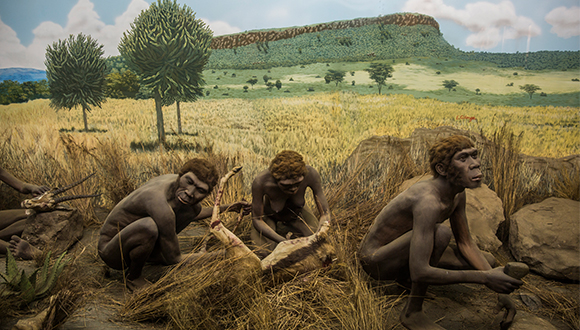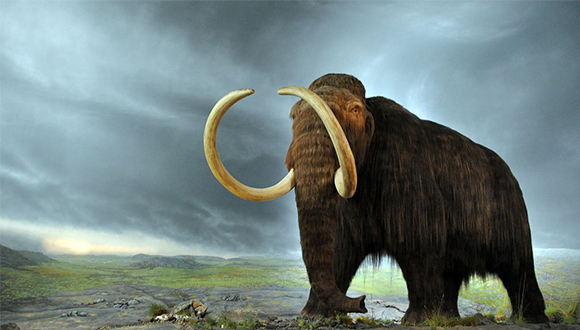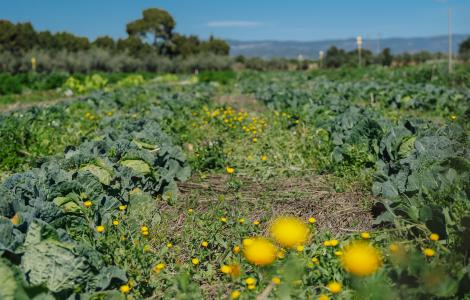Communities are not what they used to be
A major (and controversial) topic in ecology is the way in which plants and animals associated to form natural communities. Discussions on this point started at the beginnings of the science of ecology, especially in the early twentieth century. A study just released by S. Kathleen Lyons and other authors in Nature concludes that the way of organizing communities has changed throughout the Holocene due to human’s impact, and this can be very important for our capacity to understand future responses of communities to global changes.

The authors start fwith a quantification of the co-occurrence in 359,896 pairs of taxa found in 80 assemblages (fossils or recent, 38 of mammals and 42 of plants) of the last 300 million years. In most pairs of taxa, the co-occurrence statistically occurs at random.
Things will no longer be as before, and we can not rely on the analogy with the past to predict anything in the future. Something very basic has changed.
However, a significant number of pair tends to occur together more or less often than would be expected by chance. So far, this is not a surprise. But those pairs that deviate from random between the Carboniferous (307 million years ago) and the early Holocene (11,700 years ago) are more prone to aggregation (64% of the pairs that differ from random expectation). However, since then, and in line with the expansion of agriculture and increasing human demography, particularly since 6000 years ago, this group dropped to 37%, while increasing the pairs with a segregated statistical trend. This phenomenon did not occur in previous periods of major change, like the Permo-Trias, the Cretaceous to Paleocene or the Paleocene to Eocene transitions.
The authors believe that the tendency to segregation may be due to negative interactions (competition, predation) between the two species, to different habitat preferences and to different limitations on the dispersion, while the tendency to aggregate can result from positive interactions between species, similar habitat preferences and concordant dispersion. The authors attribute the observed change to more segregation to 1) hunting and domestication; 2) changes in land use; 3) increased fire regime; 4) increasing fragmentation and the emergence of barriers in the dispersion; 5) dispersion, deliberate or accidental, of species beyond their range.

As Gregory P. Dietl points out in his commentary on this article by Lyons (et al.), if the results are confirmed things will no longer be as before, and we can not rely on the analogy with the past to predict anything in the future. Something very basic has changed. Or, if we want to be optimistic, we will forced to rethink how we use information from the past to anticipate the future.
I was surprised that neither the article nor the commentary refer to another aspect of the issue probably related (but how?). I am referring to the impoverishment in species due to the human impact. It is clear that this impoverishment is another consequence of the same causes pointed earlier for the increased segregation, but probably impoverishment and segregation are not independent. In any case, I think that this article, which employs an interesting methodology, opens a path that will surely be fruitful.
Mentioned articles:
- Lyons, S.K., et al. Holocene shifts in the assembly of plant and animal communities implicate human impacts. Nature 529: 80-83 (2016).
- Dietl, G.P. Different worlds. Nature 529: 29-30 (2016).







